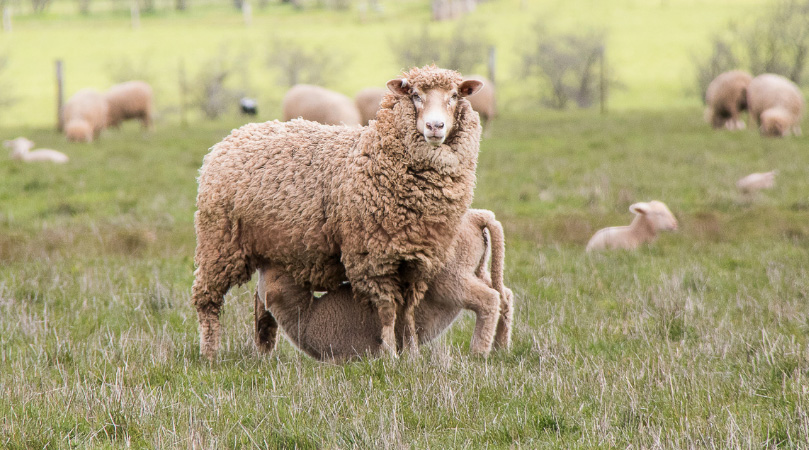University of WA research has identified how oestrogenic compounds in pasture can affect the ability of sheep to reproduce

Research on how oestrogenic compounds impact sheep fertility has been revealed by The University of Western Australia’s Institute of Agriculture through the E.H.B Lefroy Research Fellowship.
Lefroy Fellow Kelsey Pool explored how oestrogenic compounds in pasture change the ability of sheep to reproduce, how a commercially available neurohormone can impact twin-lamb survival, and where research is headed with monitoring the physiology of the ovine fetus.
Dr Pool shared her findings at a recent seminar where she identified how her research highlighted just how complex agricultural systems are and that managing them is not a ‘sit back and watch’ sort of task.
Dr Pool spoke about the oestrogenic compounds in pasture and their impact on sheep, as well as how these compounds could influence human fertility.
“There’s a lot I’m going to discuss further moving forward, particularly regarding endocrine disruptors that are also relevant to human reproduction,” Dr Pool said.

“We do encounter phytoestrogens that can act as endocrine disruptors daily, so it’s worth being aware of it.”
Dr Pool said her team’s research into neurohormone uses and phytoestrogens could help increase yield per animal and contribute to the effort in making agriculture more eco-friendly.
“In the future, when we want to slow down climate change or reduce our contributions to climate change, we need to figure out how to make our agricultural systems more sustainable,” she said.
“Reproduction in animals and our livestock species is the foundation for that.”
“We want better productivity for our producers, and we want better welfare for our animals, but we want to do it in a way that is also ensuring we have a future in agriculture.”















